The Truth Behind Fast Fashion
In this day and age, climate change seems to be on everyone's mind, but why does it still seem as if nothing is being done? I believe that too much pressure is being put on the average person to stop climate change when in reality it is up to large industries and corporations to change their ways. However, this doesn't mean that you and me cant do something about it, starting with the clothes we wear. While everyone is focusing their attention on plastic straws, the fashion industry is the 2nd most polluting industry in the world, oil being the first. Trends are changing faster than we can say the word fashion, and because of this the need for inexpensive, mass-produced clothing is growing, and it is this so-called 'fast fashion' industry that is massively contributing to the worlds carbon footprint.
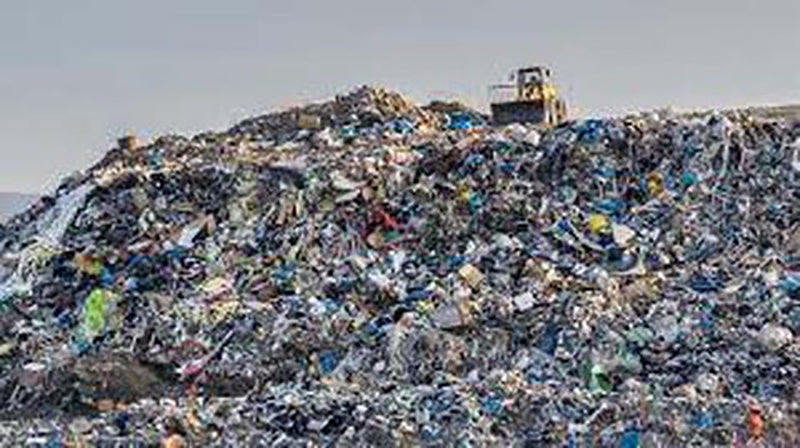
844 million people do not have access to clean water, and yet the amount of fresh water consumed by the fashion industry is ridiculous. It takes 20,000 litres of water to make 1 cotton t-shirt and a pair of jeans, which is enough water for a person to live off for 27 years. As well as this, 2.77 trillion litres of clean water is contaminated every year by fabric dyeing.
And if you think its just plastic straws destroying our oceans? 85% of plastic in the oceans is actually due to microfibres from synthetic clothing. In 2017, 83% of all tap water samples contained microfibres from clothing, and the world is on track to lose 40% of all drinkable water by 2030.
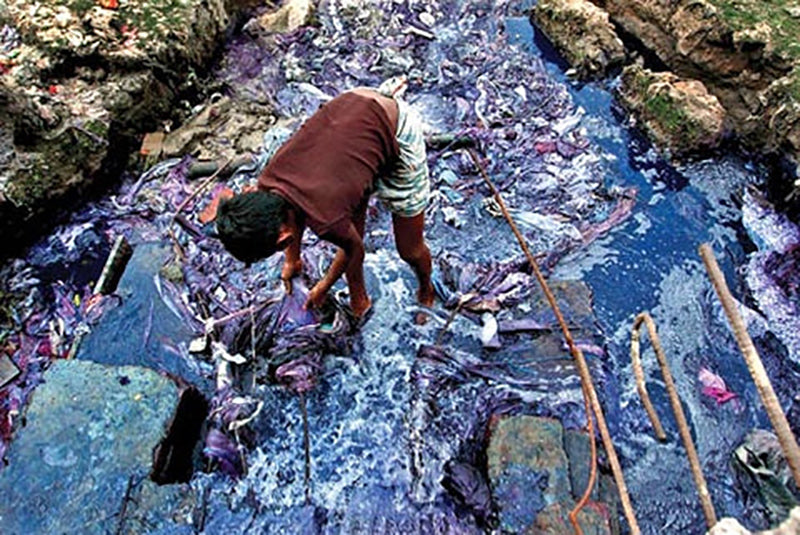
The fashion industry produces 1.3 billion tonnes of carbon emissions every year, and it is responsible for 10% of the worlds carbon footprint. This is going to exceed 25% by 2050. And although the fashion industry may be 2nd to oil in the race for most damaging, it uses 70 million barrels of oil every year to make polyester.
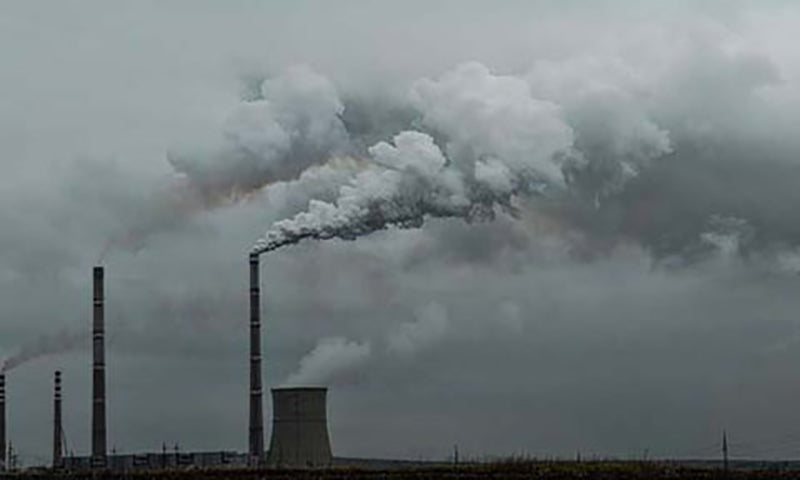
90% of cotton produced is genetically modified and is responsible for 25% of insecticide and 10% of pesticide usage in the world. This is massively impacting wildlife levels around the world, which is then having a knock-on effect on the environment and climate change.
India is the leading country in cotton production, and this industry provides income for a lot of people. However, 250,000 Indian cotton farmers who have been forced to buy genetically modified seeds in the last 15 years have killed themselves due to the stress of debt.
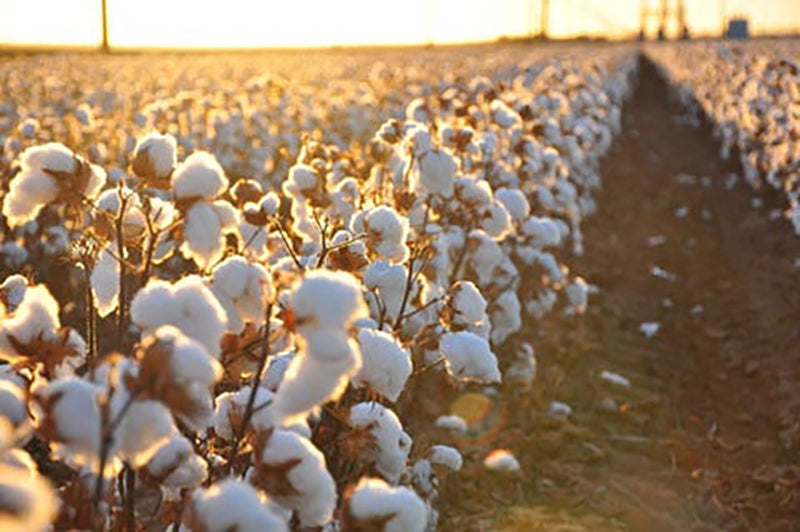
Despite recycling becoming a more widely practised habit, the amount of rubbish going to landfill is still an issue. 12 million tonnes of clothing alone are sent to landfill each year, even though 85% of this could be re-worn or reused. A polyester jumper takes 200 years to breakdown, and a pair of shoes can take up to 1000!

Fashions consumption of resources such as water and oil is expected to double by 2030, however, all hope is not lost. As the second-hand clothing market is expected to more than double, and make up 1/3 of closets by 2033.
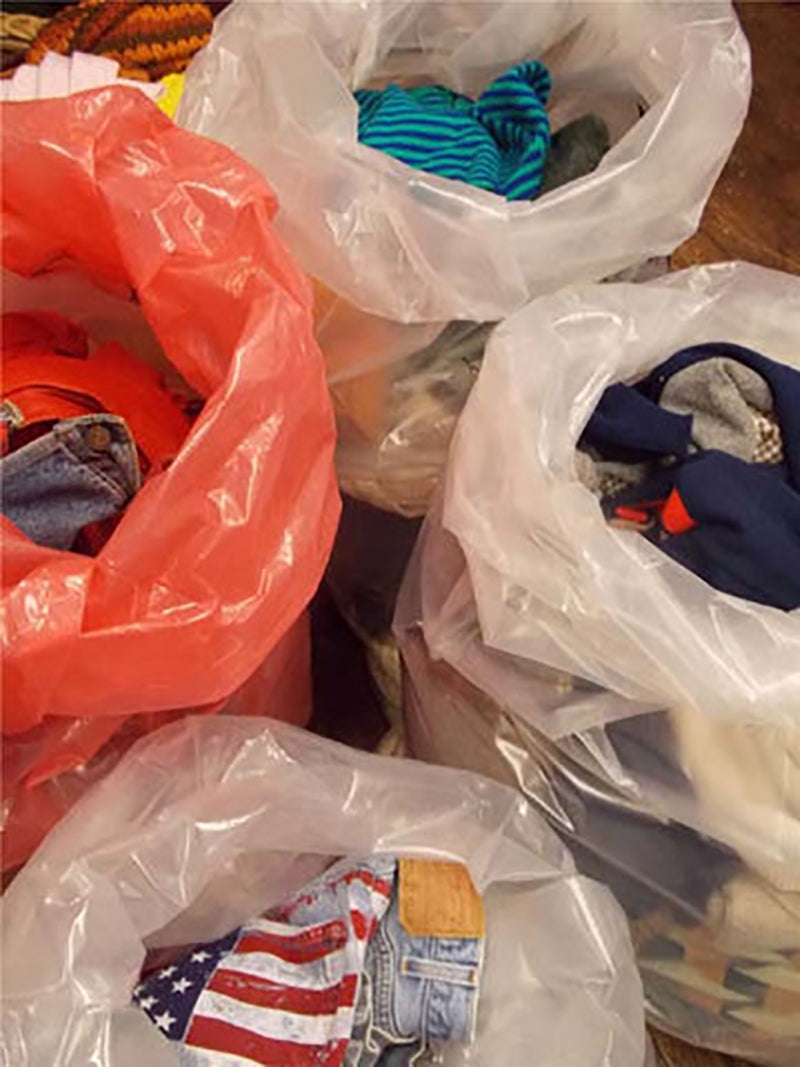
Most towns have clothes recycling bins that you can take your things to, as well as recycling unwanted clothing, donating them to vintage and charity shops is another great way of giving a new life to your old clothes. And if you're up for donating, why not try shopping for second-hand clothes, rather than relying on fast fashion high street and online stores for your new outfits! Vintage and second-hand clothes aren't all smelly and damaged, and they can make really interesting, one of a kind outfits, unlike anything you would find on the high street.
And as well as being unique and full of character, vintage and second-hand clothing might just help change the world.

